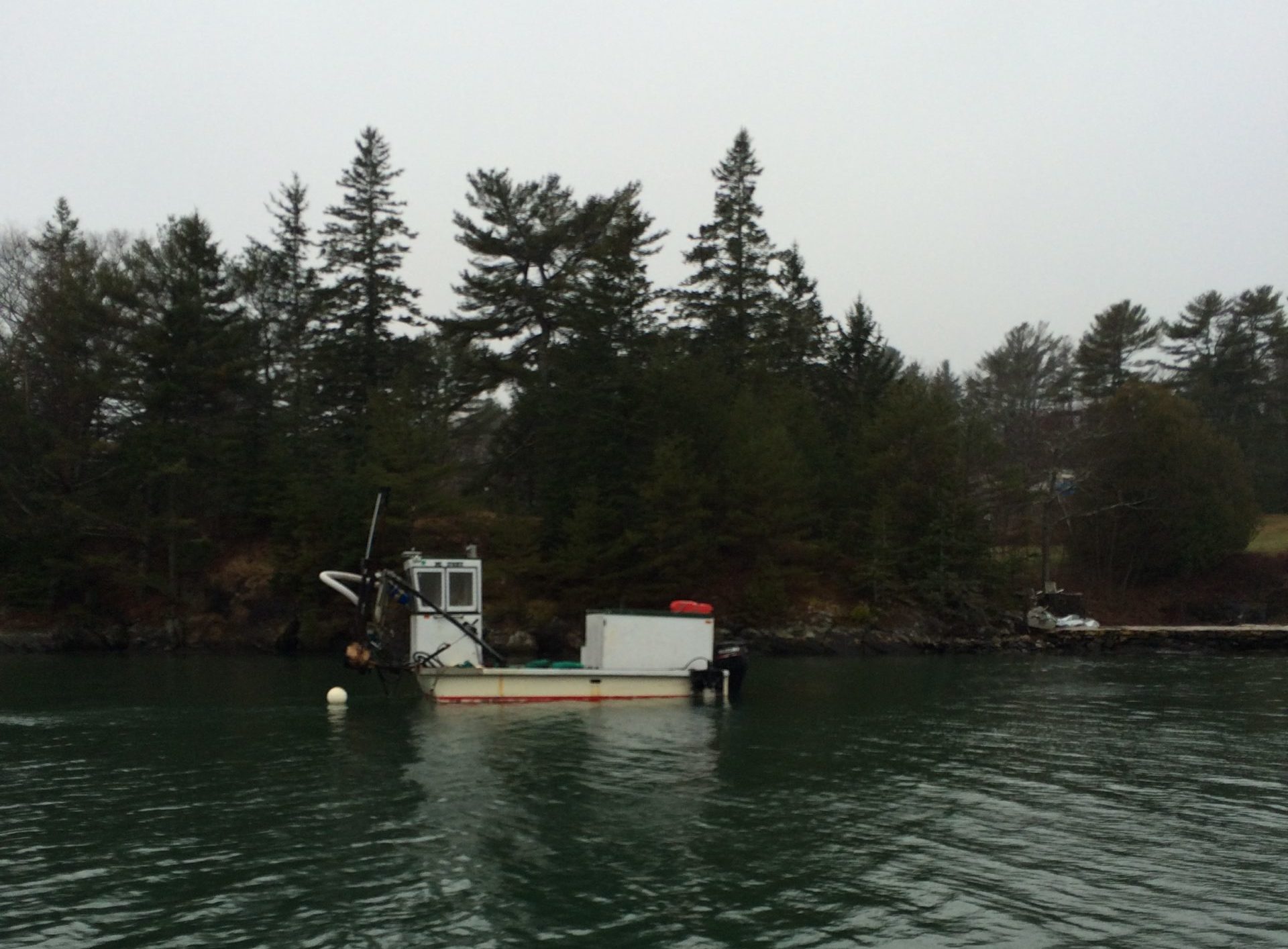News and Blog

How Acadian’s Seaweed Harvest Machine Prioritizes Sustainability and Overcomes Labour Shortages
Over the last 40 years, Acadian Seaplants has worked hard to stay true to our sustainable roots as we pioneer value-added products for healthier plants, animals and people. We’ve made ongoing investments into sustainable seaweed harvesting of Rockweed (Ascophyllum nodosum) in Nova Scotia and abroad to balance conservation and commerce in ways that support local ecosystems and economies.
In large part, this was accomplished through a combination of high-quality data gathered by our seaweed resource science team, our proactive management, and conscientious harvest using a sustainable technique: the boat and rake method. For decades, these ongoing efforts have allowed us to deliver premium products and support local harvesters while maintaining robust seaweed biomass along the coastal waters where we operate.
Understandably, Rockweed harvesting is affected by the same labour shortages impacting the rest of Nova Scotia. An aging workforce and challenges to find the next generation of harvesters has limited our ability since the pandemic to harvest the seaweed necessary for our customers worldwide.
Our solution? Explore the use of a low-impact seaweed harvest machine when, and if, workforce shortages persist. Here’s how we’re building upon the lessons of the past to maintain a supply of sustainably harvested seaweed.
The History of Mechanical Seaweed Harvesters in Nova Scotia
Our proposed seaweed harvest machine is not the first of its kind to make an appearance in the Maritimes. Early Rockweed industry harvesters navigated the shoreline hand-cutting the long and leathery fronds of Ascophyllum nodosum from the holdfast using serrated cutter-rakes, but innovators were eager to explore alternative harvesting methods.
Starting in the early 1970s, seaweed producers experimented with mechanical aquamarine harvesters, an early reciprocating cutter and conveyer, to extend their harvesting season. The downside was these seaweed harvest machines were limited to operating in sheltered-waters and the cutting efficiency was inadequate. By the next decade, some companies introduced the Norwegian suction-cutter, which increased efficiency, but were run without an emphasis on sustainable resource management.
As a result, only harvests using a boat and rake are currently permitted in Rockweed leases in the Province of Nova Scotia. However, now that technology and sustainable business management practices have caught up with environmental requirements, there is an opportunity to revisit this decision.
How Acadian Seaplants Is Exploring Seaweed Harvest Machines
There are two main types of mechanical harvesters in use today. Some use a reciprocating blade and a conveyor belt, such as those used in Iceland and Scotland. Others use a circular cutting head as operated in Maine and Norway. Both have their pros and cons, but the circular cutting option makes it easier to control the cutting height of Ascophyllum nodosum. This leaves enough of the holdfast for robust regrowth in subsequent seasons after the harvest.
Mechanical harvesters have been used for small-scale experimental trials in Nova Scotia by Tidal Organics and ourselves since 2017. We have also been operating a mechanical harvester in Maine since 2016. With the data gathered over the years, we are ready to launch a larger trial program in the Maritimes.
Under the supervision of the Nova Scotia Department of Fisheries and Aquaculture, we have chosen to conduct a mechanical harvester trial in Lease 6004 located on the South Shore of Nova Scotia. Acadian’s boat and rake harvesters have worked and stewarded this lease for years, but due to a shortage of harvesters, we have relocated existing boat and rake harvesters to neighbouring leases to maximize their efforts.
The plan for the trial mechanical harvest is to base our operations from the Jordan Bay and Lockport wharves which will enable the mechanical harvester to cover the entire lease. The Rockweed harvested from Lease 6004 will be transported by truck either to our Yarmouth location to be sundried or to our 115,000 ft2 production facility in Cornwallis Park, Nova Scotia where the Rockweed will be processed into an extract used in agriculture and sold in over 80 countries.
Maintaining Sustainability and Good Jobs
Though we are excited to see the results of our experiment with mechanical seaweed harvesting, we are fully committed to staying true to our values.
Our resource science team conducted a complete biomass assessment and presented it to the department before the trial commenced. Going forward, the Rockweed biomass will be monitored regularly to ensure rapid recovery from the trial harvest. As always, seaweed conservation is of the utmost importance.
The part we play in local economies is of equal priority. Our focus will remain on the boat and rake harvest when the workforce is available, providing sustainable earnings to our harvesters throughout Atlantic Canada. Whenever workforce shortages reach our shores, we will use our seaweed harvest machine to continue to bring value-added products to customers worldwide.
If you have any questions about the trial mechanical harvest, please share your thoughts using this Contact form.
Share your thoughts
Related Articles
The 3 Secrets to Our Sustainable Business Management Success
Pure Science, Hard Work & a Bit of Luck: How We Pioneered Land-Based Seaweed Cultivation
Automation with a Human Touch: How Acadian Seaplants Balances Technology and People
